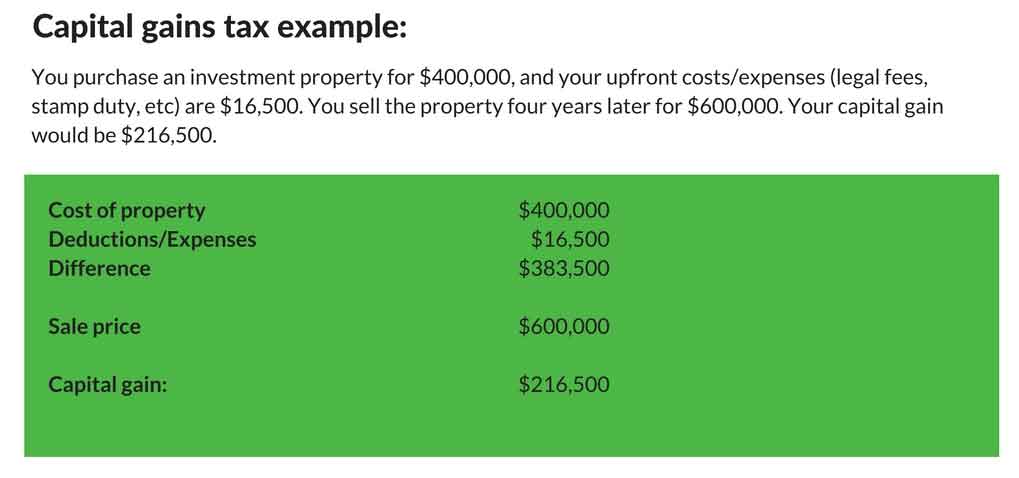

For example, the LTCG on listed securities and equity-oriented mutual funds is taxed at 10 percent and on all other assets including unlisted securities at 20 percent. These changes, taken cumulatively over a period of time, have resulted in a maze of complex provisions whereby the rationale in some cases seems incomprehensible.

Over the years, there have been many changes in tax rates for capital gains, holding period to qualify as LTCG and indexation of the purchase cost (linked to inflation indices). The LTCG tax on listed equity shares was reimposed in the Budget of 2018 whilst continuing with STT. In fact, way back in 2004-05, the long-term capital gains (LTCG) tax on listed equity shares was abolished in lieu of a new securities transaction tax (STT). Preferential tax rates on capital gains have been a fairly constant feature of tax policy in India over the last seven decades. There is a lack of empirical data to establish a strong link between preferential rate of capital gains tax and private investments and economic growth.

Results in inequity of tax burden as, generally, it is the relatively rich strata of society whose wealth and income disproportionately consists of capital assets.Įncourages recharacterising of ordinary income as capital gains through financial engineering of investment products, which again likely favours the rich who have access to these products and their advisors. The opponents of a preferential tax regime for capital gains have sound arguments for their opposition. Surely, not everyone agrees that capital gains should be taxed at a lower rate… Provides relief to those in the lower income slab taxpayers and protects them from being catapulted to higher income tax slabs due to one-time capital gains. Mitigates inherent taxation on inflation-induced gains on capital appreciation. Relieves taxpayers from multiple levels of taxation – at the level of corporate profits and then again on the sale of shares by the shareholder. Reduces the fiscal burden on governments for public capital investments. These say that preferential rates:įacilitates economic growth and entrepreneurship by encouraging savings and investments in productive areas of the economy. Proponents of preferential rates for capital gains have cited many reasons in support. Why is the capital gains tax rate lower than the tax on incomes? In the US too, the preferential rate on capital gains has largely remained intact ever since its introduction a century ago. It is noteworthy that, right from inception, there has been a preferential tax rate for capital gains in the UK. Interestingly, while income tax on ordinary income dates back to the end of the 18th century in the UK, tax on capital gains was introduced only as recently as 1965, propelled by the rapid growth of property values after World War II. Capital gains tax, as we understand it today, is perhaps eponymous with the ‘temples’ of modern capitalism in countries like the United Kingdom and the United States.


 0 kommentar(er)
0 kommentar(er)
